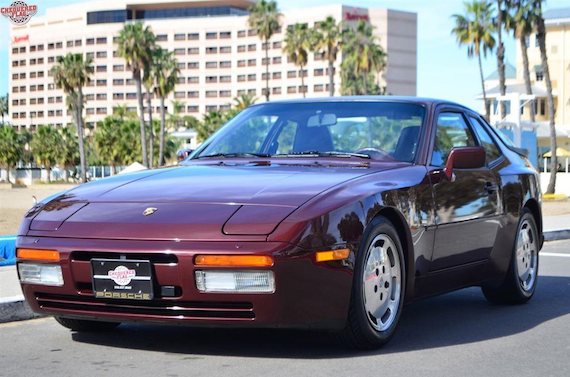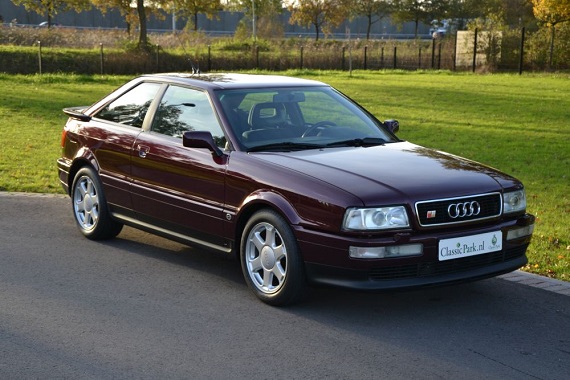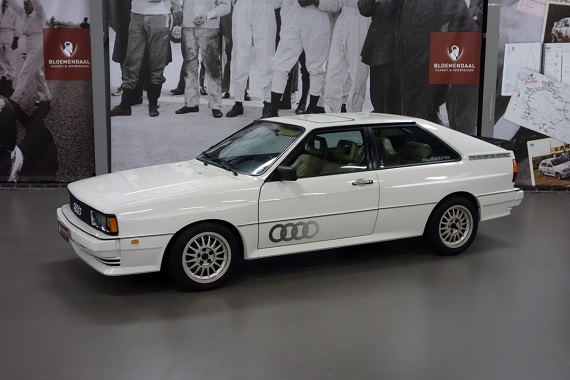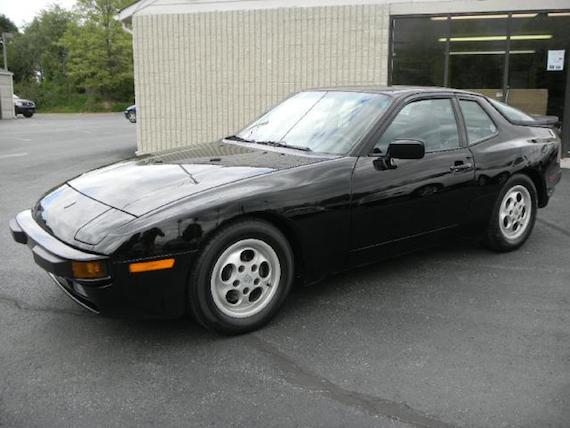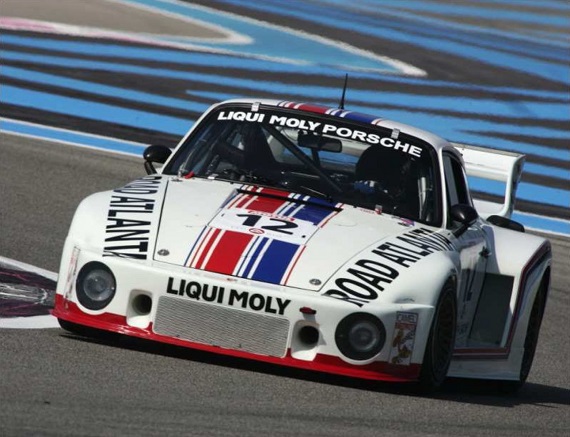The Porsche 944 Turbo, known internally as the 951, is leading the charge in terms of the 944’s popularity with collectors. As such, prices have been on the rise for these forced induction coupes, as P-car enthusiasts begin to view them as worthy alternatives to the almighty 911. We saw a low mileage 1986 944 Turbo sell last month for $21,500. Good examples are regularly approaching and exceeding the $20,000 mark. Now comes along this 1987 944 Turbo with just under 6,000 miles. Surely this is one of the lowest mileage examples we’ve seen yet at GCFSB. The asking price is also one of the highest we’ve encountered. Worth the price of admission for an almost new 944 Turbo?
Tag: Turbo
For many people, the third generation Audi Coupe wasn’t quite the match for the car that it replaced. Launched in 1988, even Audi would seem to agree; it continued to produced the original Quattro through 1991, alongside its seeming replacement. While the looks of that replacement – the 20V turbocharged S2 – were considerably more sedate than the Quattro, it was nonetheless a handsome car. Though the iconic flares and chunky styling was replaced by a more rounded look, there were many advantages to the newer cars. First off, they were considerably safer with a stiffer structure and passive safety systems to protect drivers and passengers (anyone else remember the seatbelt pretensioning “PROCON-10” system?). Additionally, the smoother styling meant the car was much quieter at speed than the Quattro ever had been. The drivetrain was nearly identical to the end of run “RR” Quattros, right down to the new Torsen differential in the rear with electronic lock. And unlike its predecessor, and though few people remember, there were three versions of the S2 available; the oft-emulated Coupe, the highly desirable Avant, and the quite rare sedan of which only around 300 were produced. But as this is Coupe Week, we’re taking a look at one of the 2-door variants, of course!
CLICK FOR DETAILS: 1995 Audi S2 at Classic Park
3 CommentsI know what you’re thinking from the earlier post; “Really Carter? You’re going to do a Coupe GT and not a Quattro? Don’t be silly! Of course, the legendary and original turbocharged all-wheel drive Coupe is on my list for Coupe Week, and Paul spotted this stunning example on Classic Driver. It may be one of the lowest mile Quattros in existence, and certainly one of the best outside of the museum. While interest in the Quattro has surged thanks to Audi finally acknowledging in their ad campaigns that they made cars before the A4, the truth is that too long the Quattro was an unappreciated giant of automotive design. How unappreciated? Well, even as interest grows we’ve seen quite an odd trend; Europeans have been reverse-importing U.S. spec cars back to Europe. Such is the case with this example; originally a U.S. spec car that is back up for sale after returning to European soil:
CLICK FOR DETAILS: 1983 Audi Quattro on Classic Driver
4 CommentsThe 944 is one of those sports cars that is prime for engine swaps, as Carter exhibited yesterday with the 944 he found with an LS3 slotted under the hood. With one of the best balanced chassis to come out of the eighties, the 944 has become a darling of the track day set and of spirited motorists alike. With exception of the Turbo models, most of the range has stayed relatively affordable, even if it is a low mileage minter that you might stumble upon. This 1989 944 for sale in Pennsylvania has covered just over 50,000 miles. There’s not much of a description from the seller, but it appears there are some records accompanying it and it looks like a minter from the pictures.
Click for details: 1989 Porsche 944 on Cars.com
2 CommentsEven though they don’t generally get the big headlines, arguably the Porsche 934 and 935 were the most important car in developing the racing history and reputation of Porsche. While the 356 and early 911s were certainly notable, it was in the mid-1970s with the introduction of turbocharged 911 in 935 form that Porsche developed a sizable following of independents who raced the all-conquering Turbos. In turn, it was these race successes that convinced enthusiasts that the Porsche 930 was THE car to have. The 935 was, in many ways, a development of the earlier 934. Wide flares coupled with wheels and brakes from the prototype category 917 and 936 gave a purposeful and classic look. While the roofline and doors remained effectively the same as the production cars, few other details matched what you could buy at the dealer. One of the biggest developments was the aerodynamic “Slantnose” developed with help from Kremer; it would become the signature look for not only the 935s but also the most expensive versions of the 930 in the 1980s. The 935 also helped breach the gap in between the 917 program and the start of the 956/962; while the 936s were the direct transference between the two, it would be the 935 that would carry the Porsche flag around the world. Amongst the notable wins for the 935 were around 150 international victories including all-out victory at Le Mans in 1979 and multiple wins at both Sebring and Daytona. All of the top-tier racers of the day drove them, and top teams that still race today cut their teeth on the 935, such as todays example run by Reinhold Joest:
